The top wines are either hundreds of dollars, or not for sale
The results are a dog’s breakfast once again. The winner is the Bird in Hand M.A.C Shiraz 2010 – $350 at Dan M’s. This is the third time this wine has won this challenge, which Publisher of Winestate Peter Simic says is ‘against all odds’ and adds ‘a nice tick to the unbiased consistency of the Winestate judging criteria.’ The third best wine is another $350 touch: Gralyn Estate Margaret River Shiraz Cabernet 2001. More Here.
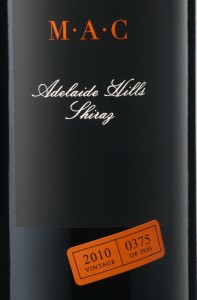 More interesting for those of us looking for great but affordable wines is that the M.A.C.’s more modestly priced sibling came second overall: Bird in Hand Shiraz 2013 – $33 at Dan M’s. The bad news is that it gets just 90 points from Gary Walsh at the Winefront, who has proven himself as the most reliable Oz wine reviewer for some time.
More interesting for those of us looking for great but affordable wines is that the M.A.C.’s more modestly priced sibling came second overall: Bird in Hand Shiraz 2013 – $33 at Dan M’s. The bad news is that it gets just 90 points from Gary Walsh at the Winefront, who has proven himself as the most reliable Oz wine reviewer for some time.
Gary says: ‘This is an attention grabbing wine, for sure. Sweet black fruit, pepper, Tia Maria, dill and spices. Full bodied, fleshy and ripe with loose knit grainy tannin, ample fruit of red and black colour, coffee oak and balanced acidity. Tannin chomps on the finish. Pretty bold, and maybe a little foursquare, but it does deliver a big hit of spicy rich Shiraz flavour. 14.5%. 90 points.
That the wine gets 95 points from James Halliday just proves a point I’ve made often enough. That the wine wowed the judges is no surprise either: A rich and spicy tour de force across the flavour spectrum still does the trick.
Where are the bargains this year?
We sifted through the results looking for Best Buys, but knew we were in trouble when we saw Koonunga Hill 2014 score 4 out of 5 stars. The Mr Riggs Truant 2013, the Shingleback Haycutters 2013 and the Reilly’s Shiraz 2013 we listed as a BB recently offer some relief in the dull under $20 section, but the Mr Riggs isn’t even listed on the website. This turns out to be a recurring challenge in this Winestate Challenge.
The Bellevue Estate 2013, perpetual winner of the Edinburgh Hotel challenge, the Shingleback Davey Estate Reserve 2013 and the Bremerton Selkirk Langhorne Creek 2013 are the highlights in the under $25 section. On the whole, it’s pretty ordinary fare here and entries from overseas are absent with the exception of the direct VC import Cassilero del Diablo Shiraz from Chile.
 It gets only marginally more interesting as we go up the price ladder above $25 and $30: a highlight is the Xabregas Estate Mount Barker Shiraz 2012 which gets 5 stars and looks good at $22 by the dozen ex-winery. Handcrafted by Geoff Hardy McLaren Vale Shiraz 2013 also gets 5 stars but isn’t even listed on Geoff’s own website. The Fox Creek Short Row Shiraz 2013 also scores 5 points, and you can actually buy it for $27 at Nicks.
It gets only marginally more interesting as we go up the price ladder above $25 and $30: a highlight is the Xabregas Estate Mount Barker Shiraz 2012 which gets 5 stars and looks good at $22 by the dozen ex-winery. Handcrafted by Geoff Hardy McLaren Vale Shiraz 2013 also gets 5 stars but isn’t even listed on Geoff’s own website. The Fox Creek Short Row Shiraz 2013 also scores 5 points, and you can actually buy it for $27 at Nicks.
Doug Bowen’s Shiraz 2013 also scores 5 stars but the alcohol has got away from him again – it’s 15.5%. The wine gets 90 points from the Winefront. Hahn’s Catharina Barossa Shiraz 2013 is another wine you can’t buy even from the vineyard. You can buy the trophy-winning Oakdene William Geelong Shiraz 2013, on the other hand, for $35 from the vineyard. The $35 – $40 bracket winner 3 Oceans the Explorers Shiraz 2013 is also available ex-vineyard for $36.
The listing is the usual mess – heaven only knows why Peter Simic hasn’t improved the layout after all these years. A few Kiwi reds show up as we go up the price scale, but this time there’s no representation from France except for a lone $400 Hermitage La Chapelle 2007, which scores a pitiful 3 stars. The whole Challenge of 2015 is a pretty dull affair that begins with Koonunga Hill and ends with Grange. We can only hope that the Visy Great Aussie Shiraz Challenge coming up in October is a bit more exciting.
Kim

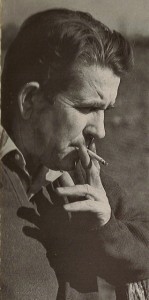
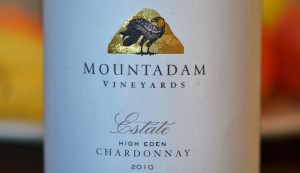 In Australia, winemakers use a variety of clones, some from California and some from Burgundy. Most have boring numbers such as 95, 277 and i10V1 In Margaret River, the Gin Gin or Mendoza clone has become the choice of winemakers. The story goes that Houghton imported this clone in 1957, but in those days Houghton made no Chardonnay to my knowledge, and I can’t see them importing cuttings from the Argentine back then.
In Australia, winemakers use a variety of clones, some from California and some from Burgundy. Most have boring numbers such as 95, 277 and i10V1 In Margaret River, the Gin Gin or Mendoza clone has become the choice of winemakers. The story goes that Houghton imported this clone in 1957, but in those days Houghton made no Chardonnay to my knowledge, and I can’t see them importing cuttings from the Argentine back then.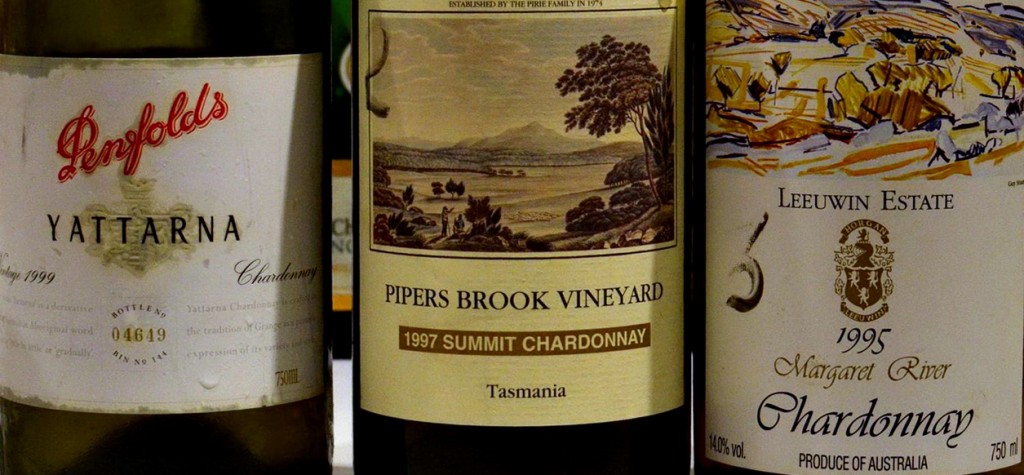
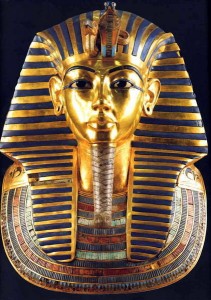
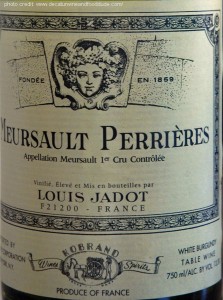
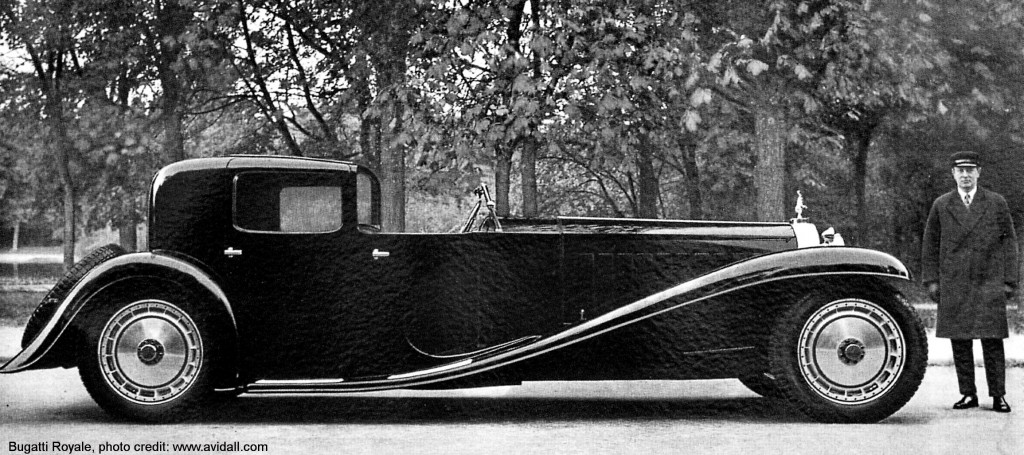
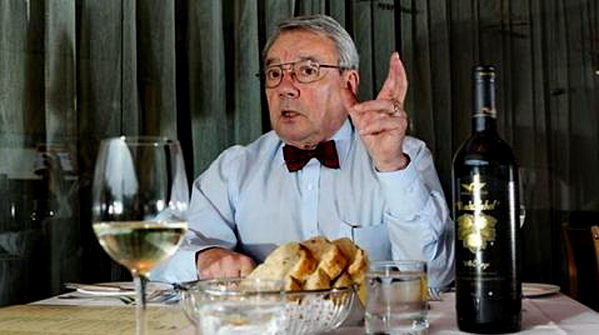

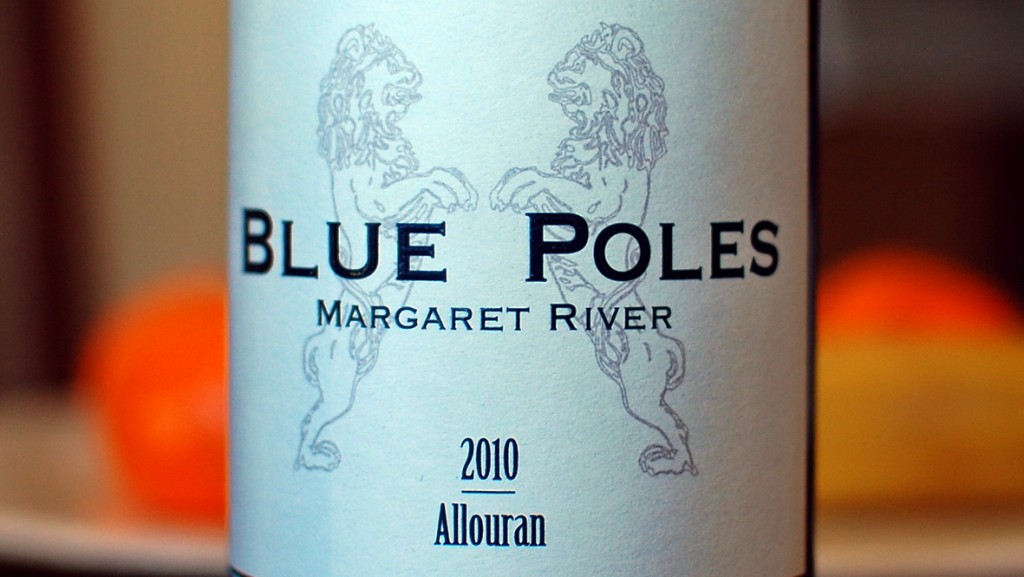
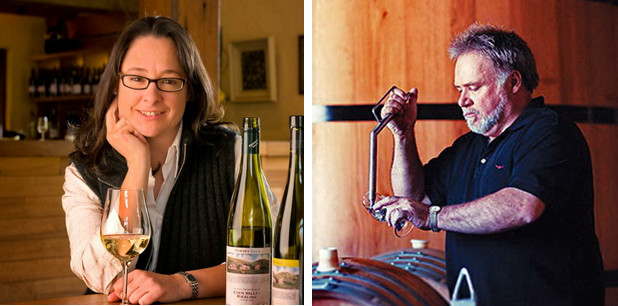
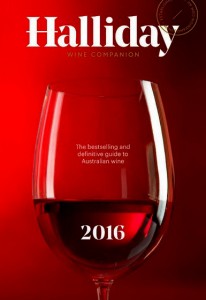 The exaggerated wine scores and winery ratings are misleading. I’m indebted to one of my subscribers for these numbers, which show clearly what I mean:
The exaggerated wine scores and winery ratings are misleading. I’m indebted to one of my subscribers for these numbers, which show clearly what I mean: